Ever wondered if there is such a thing as “eye dominance”? Well, to answer your question, yes, it definitely exists. Similar to a dominant hand or foot, a dominant eye is a real phenomenon. While we can train the non-dominant hand to a certain extent until it becomes almost identical to the dominant hand, the same cannot be said for the non-dominant eye. Not even for pirates with an eyepatch 😉 If you’re curious about how to determine your dominant eye, read on and take the test. Spoiler alert: I took the test myself, and without a doubt, my right eye is dominant.
What does Dominant Eye Mean?
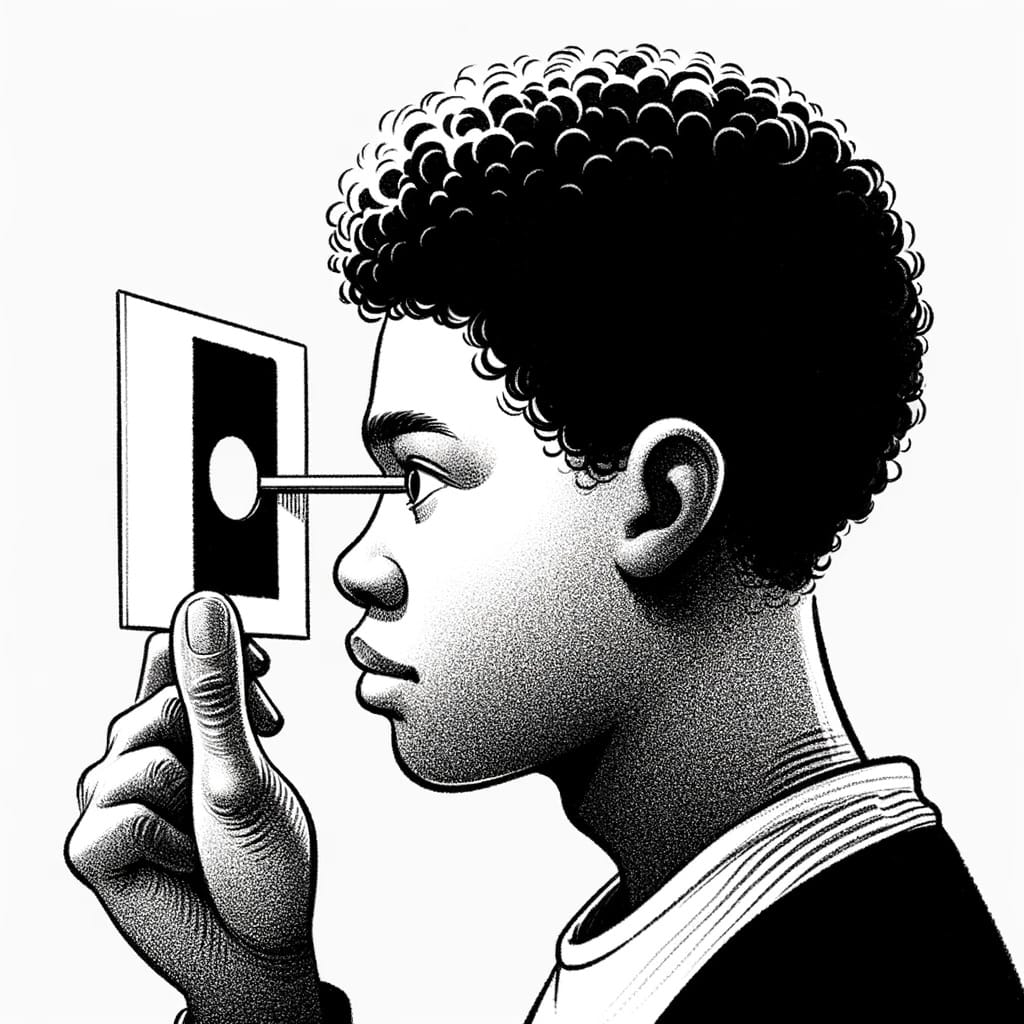
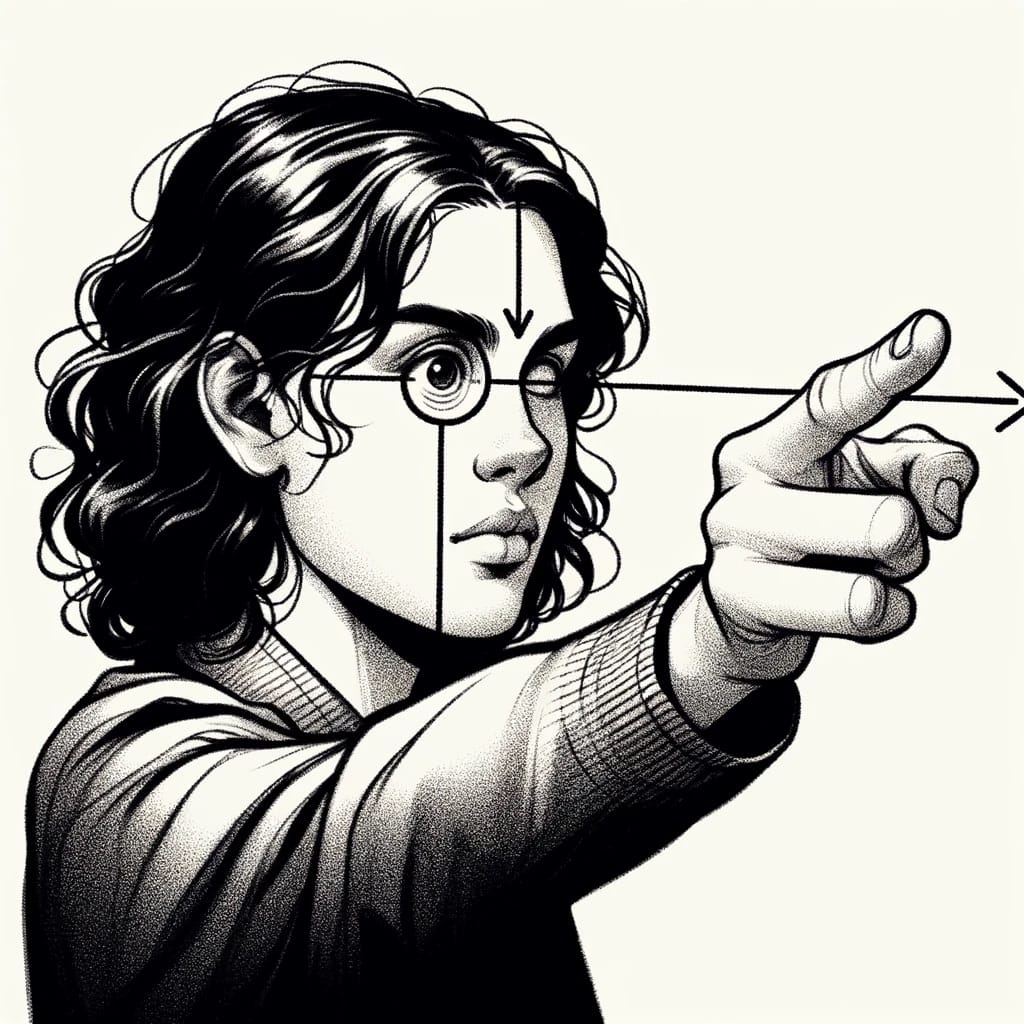
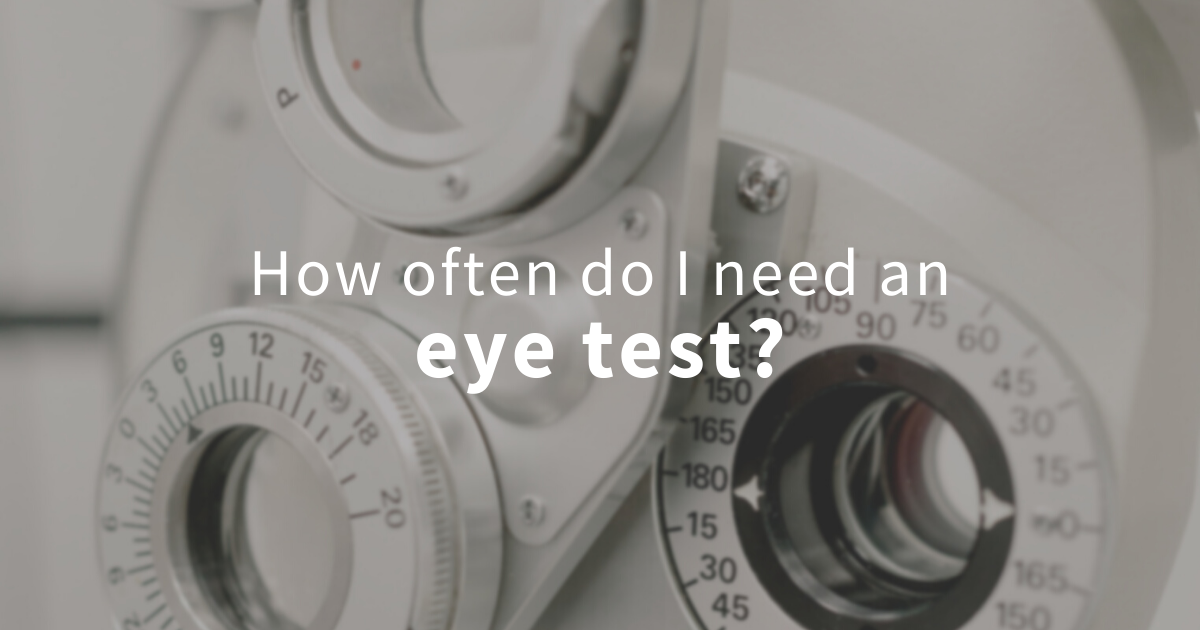 How often should I have an eye test?
How often should I have an eye test?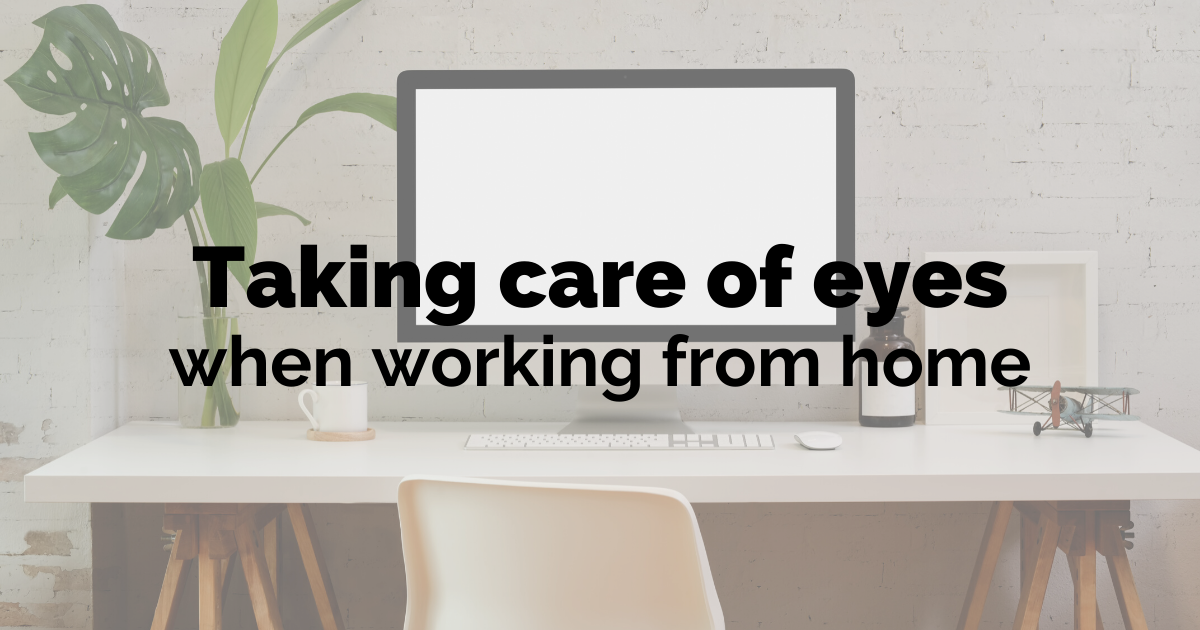 Taking care of your eyes when working from home
Taking care of your eyes when working from home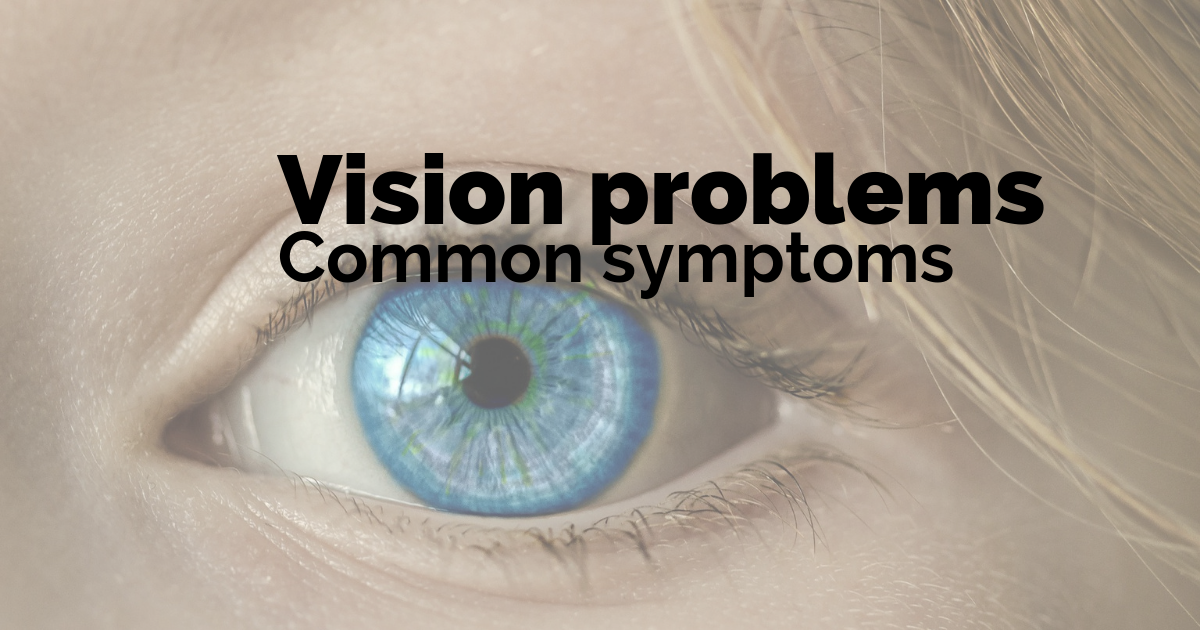 Common symptoms of vision problems
Common symptoms of vision problems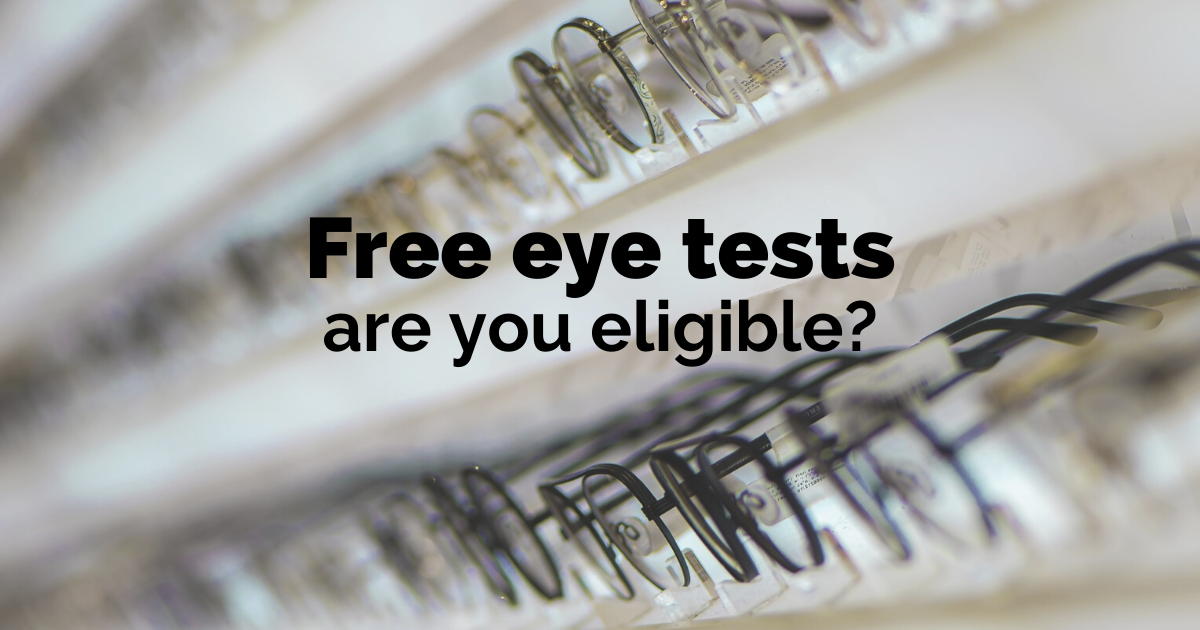 Who is entitled to a free eye test?
Who is entitled to a free eye test?